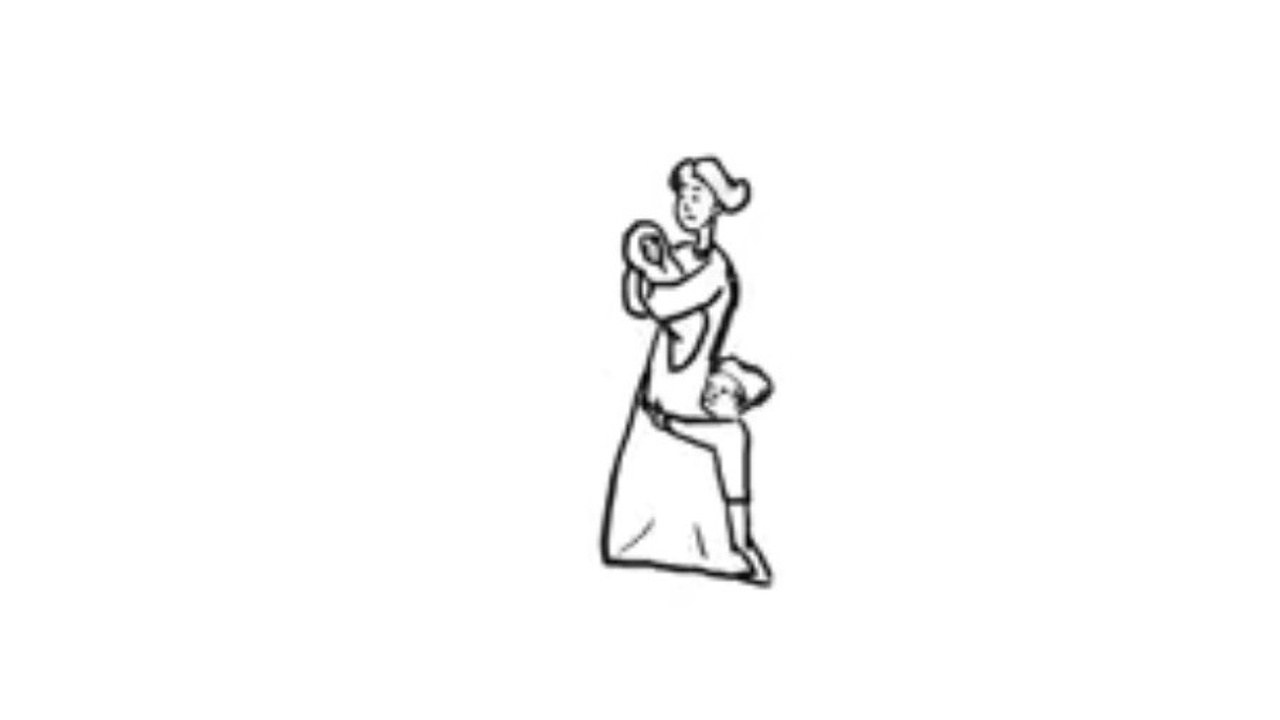Let’s Understand Attachment Theory
Apr 27, 2022
Let’s Understand Attachment Theory

Pesach is over. The (“wondering if we should be staying Gluten Free”) diets have started. And our Socially Appropriate newsletter is back in session!
The human connection is fundamental to our health and our emotional well being. The attachment we feel towards our primary caregivers during childhood, which is most often our parents (but not always), is a key influence on our ability to engage in meaningful relationships for the rest of our lives.
Parents, this may sound like a lot of pressure — because it is a lot of pressure!
To be even more clear: How we were loved and cared for as an infant and child has a profound impact on our capacity to love and be loved for the rest of our lives. Let me say it again for effect! How we were loved, influences our sense of belonging and how much we believe we matter, and how we will relate to the people we love in the future.
This is what Attachment Theory is all about. Attachment Theory was originally developed by John Bowlby. Psychologist Mary Ainsworth, along with Bowlby, taught the world of psychology that how we were raised will influence our personalities and who we are and who we become. This was a shift from the Behaviorist Theories. For example, Behaviorists at that time believed that if we coddle a crying baby, we will reinforce the baby’s crying and therefore they were warning parents against that practice. Without being tuned into the disconnect it was causing between parent and baby.
In the 1970’s, Ainsworth conducted an experiment called the “Strange Situation” to observe how babies reunited with their primary caregivers after they were separated for a short while. They then followed these babies in a longitudinal study to see how that impacted their future relationships. Ainsworth and her team noticed four general attachment patterns.
What are those 4 Attachment Patterns/Styles in Attachment Theory?
-
Secure
-
Anxious (aka Insecure, Ambivalent)
-
Dismissive (aka Avoidant)
-
Fearful (aka Disorganized)
To sum is up pretty quickly:
Secure babies were easily soothed and excited to see their mothers after a brief separation. This is, of course, the most healthy attachment style.
Anxious/Insecure babies were unable to be calmed down even after they reunited - they were too anxious the mother would leave again and couldn’t self-soothe.
Dismissive babies pretended not to notice their mother come back into the room and ignored her completely learning to avoid closeness and intimacy altogether out of fear of abandonment.
Some babies were so Fearful, yet got attached to their “scaregiver” - beginning the pattern of becoming attached to people who cause them fear and pain. This causes them to be completely “disorganized” about how they relate to the people closest to them. They can be the most difficult to relate to.
(Yes, you can also be a mixture of different attachment styles depending on different factors.)
The research also demonstrated that the parents’ attachment style will often be transmitted to and passed down to the children. But luckily for the less fortunate among us, our attachment style is something that CAN be changed if we work through it. And so even those who did not have a secure attachment during their upbringing — don’t fret! You can still develop healthy and secure attachment styles.
To learn more about Attachment Styles and how to create Secure Attachments to our children to give them the best chance at creating real, meaningful relationships, buy our SOCIAL SKILLS MADE SIMPLE. Virtual Course! We cover a lot of material including a review the different attachment styles and how that directly influences our children’s Social Skills!
In honor of creating Secure Attachments to all of our children, SOCIAL SKILLS MADE SIMPLE. will be more affordable this week! OH BABY! (No pun intended? Corny-ish). Many of you have been waiting for this opportunity! 🎉
Enjoy a 20% COUPON for this week only!! 🥳 (That’s $100 OFF! For the non-math brains among us!) (This great price will end Sunday 5/1/22)
Use code: SECUREATTACHMENT
Can’t wait to “see you soon!”
… Happy Dieting!
💕, Shifi





